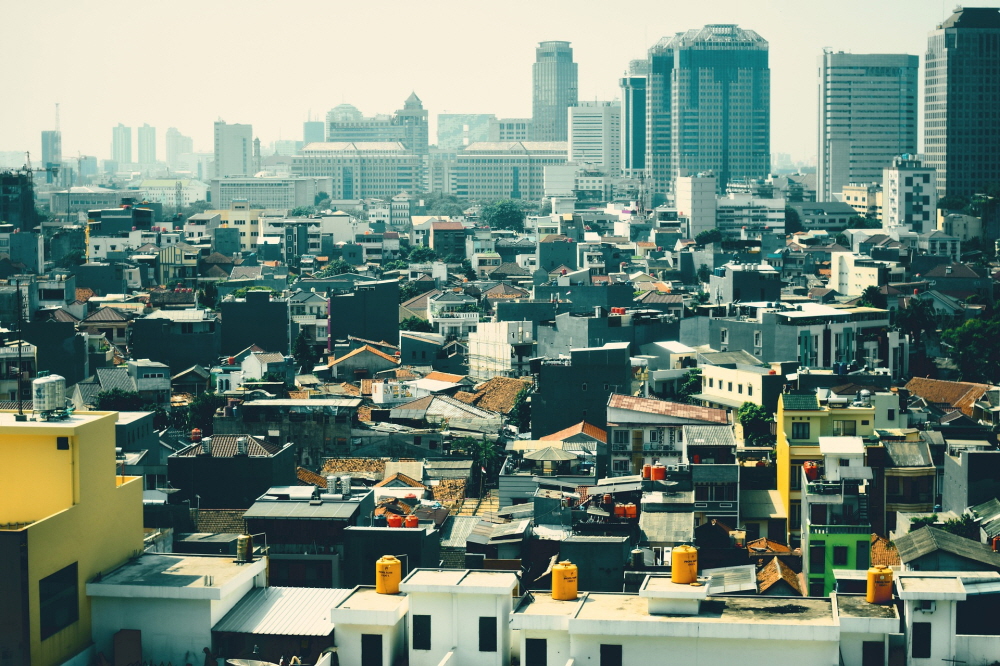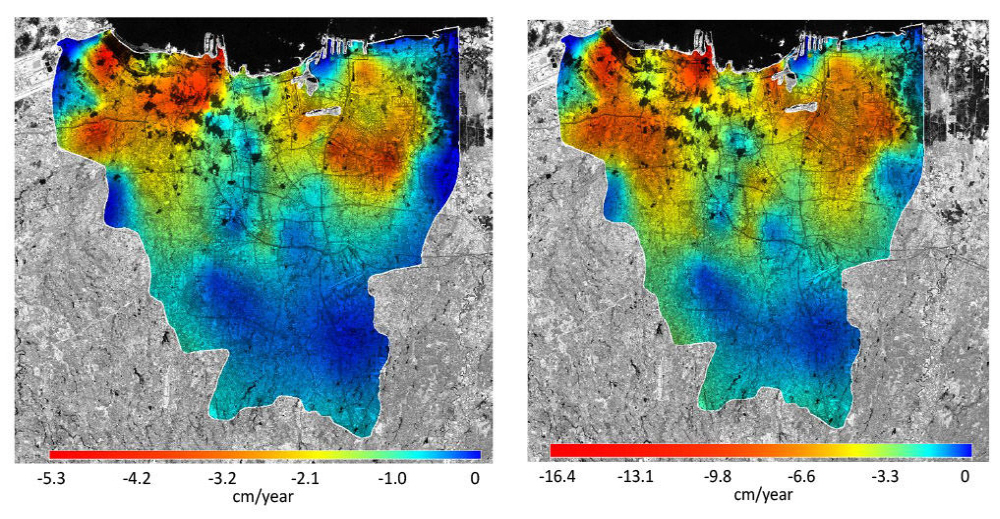
In April, Indonesian President Joko Widodo announced a plan to relocate the capital from Jakarta. At a press conference held on August 26, he announced plans to move the capital to an area located in eastern Borneo.
It is reported that the construction of the new waterworks will start in 2021 and will move some government functions and parliaments to Kalimantan in 2024. In addition, the complete capital relocation will proceed in 2045, the 100th anniversary of Indonesia’s independence. The capital relocation budget is expected to reach Rp 486 trillion.
According to the United Nations, more than 10 million people live in Jakarta, the capital city of Indonesia, and an estimated 30 million people live in the city.
[googlemaps https://www.google.com/maps/embed?pb=!1m18!1m12!1m3!1d358983.8632346676!2d106.53068347414717!3d-6.230893830157545!2m3!1f0!2f0!3f0!3m2!1i1024!2i768!4f13.1!3m3!1m2!1s0x2e69f3e945e34b9d%3A0x5371bf0fdad786a2!2z7J2464-E64Sk7Iuc7JWEIOyekOy5tOultO2DgA!5e0!3m2!1sko!2skr!4v1566977658571!5m2!1sko!2skr&w=600&h=450]Kalimantan, a candidate for capital relocation, is on a completely different island from Jakarta. The reason for the relocation of the capital from Jakarta is said to be due to the massive subsidence of the ground. In Jakarta, ground subsidence occurs every year by 3 to 10 cm, and it is said that the ground is sinking up to 4 m depending on the region. Accordingly, in Jakarta, the land foundation and infrastructure itself are also having a great impact.
In addition, Jakarta is located on the coast where many rivers and seas meet, so there is a high risk of flooding. During high tide, there is a risk of seawater overflowing, and it is difficult to drain rainwater pouring into the city by filling the vast land, resulting in massive flood damage.

It is pointed out that the reason Jakarta’s land is so unstable is that it is misplaced. The land at the junction of a coast or river, such as Jakarta, naturally accumulates and compresses sediment from the sea and river. In addition, the weight of all buildings or structures on the ground acts to compress the sediment little by little. In this way, an aquifer from which water can be pumped is formed in the basement of Jakarta. In Jakarta, the water level in the aquifer goes down by tens of meters to raise excess water from this aquifer.
[googlemaps https://www.google.com/maps/embed?pb=!1m18!1m12!1m3!1d8168621.053150341!2d109.54778924152184!3d1.4249462108731576!2m3!1f0!2f0!3f0!3m2!1i1024!2i768!4f13.1!3m3!1m2!1s0x3200a51b0ce8057b%3A0xf81f7b0a97d0b88a!2z67O066W064Sk7JikIOyErA!5e0!3m2!1sko!2skr!4v1566977626397!5m2!1sko!2skr&w=600&h=450]The rich water that existed in the aquifer enters the space between the sediment particles and serves to support it. However, as the aquifer continues to pump excessively from the basement, the water in the aquifer decreases, and the sediment existing in the aquifer cannot bear the weight of the ground and settle.
Jakarta is not the only one suffering from subsidence. Groundwater subsidence occurs in New Orleans in the United States and Venice, Italy as well. In the upper and lower areas of China, more than 2m of ground subsidence occurs due to the pumping of groundwater, and in the Central Valley of California, USA, ground subsidence occurs by using an underground aquifer for irrigation. Related information can be found here .

